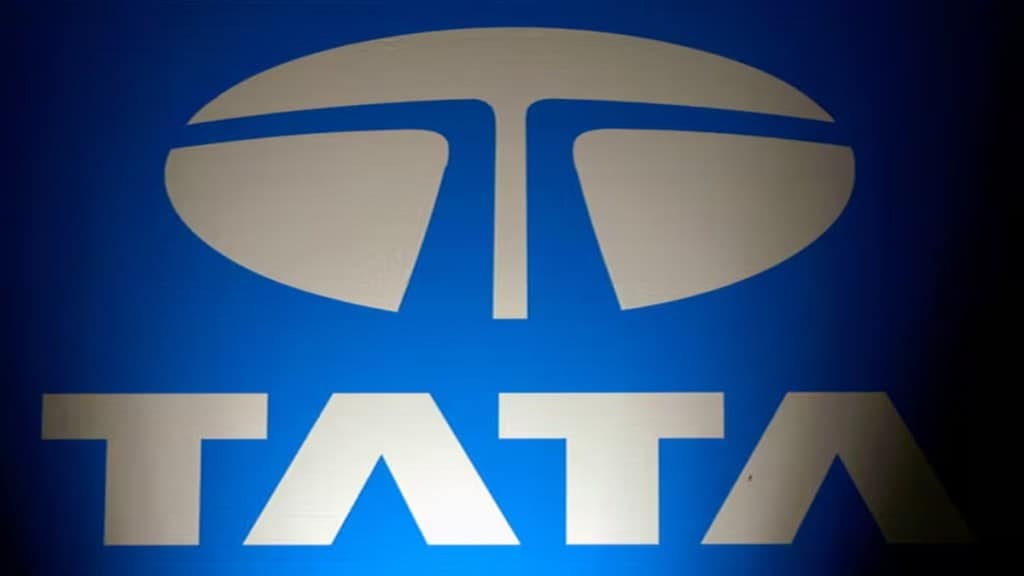Tata Communications’ media and entertainment services (MES) vertical is expanding the scope of projects beyond live sports to fuel further growth, a senior executive said.
The vertical, which doubled its revenues from the year before in FY24 at Rs 1,235 crore, is the third largest contributor to the firm’s digital portfolio, which also includes the CPaaS (communication platform as a service), and cloud and security business.
“So, media as a segment, has been doing well, but we have even bigger aspirations. But one of the things with media is it’s a bit seasonal as well,” Amur Lakshminarayanan, managing director and chief executive officer (CEO), Tata Communications, told FE.
He explained that since some events have a cycle of four years, while others are annual, the revenue shows dips and spikes on a quarterly basis, but on the whole, the business has grown annually over the past three years.
Its contribution to the digital portfolio has also grown from 13.3% in FY23 to 17.5% in FY24.
The media and entertainment services vertical provides broadcasting capabilities like shooting, producing and delivering content to broadcast platforms – linear TV and OTT. This includes services like remote production where the on-ground team does not need to travel from event to event, but can work remotely and produce entire live events on the cloud. The ambition, Lakshminarayanan said, is to leverage the digital fabric of Tata Communications to deliver 100,000 events a year.
An important growth driver for the vertical was the acquisition of Los Angeles- based The Switch, which came with expertise in production capabilities, allowing Tata Communications to provide end-to-end solutions in live television broadcast.
This, in turn, has also helped increase the deal values for the firm, Lakshminarayanan said. Apart from that, The Switch has also opened up the US geography, which has a significant domestic sporting market, for Tata Communications allowing it to capitalise on presence that The Switch had built.
“And the second part of the MES piece is the broadcasters. We see multiple access points to work with broadcasters to help them on their transformation (journey). The majority of our revenues (currently) come from the federations,” Lakshminarayanan added.
In June this year, the firm announced a five-year deal with World Athletics, the governing body for athletic sports globally, and will help broadcast the World Athletics Indoor Championships in Nanjing in March 2025 and the World Athletics Championship in Tokyo, in September 2025.
As the content viewing ecosystem changes, broadcasters will also need to change the way they telecast programmes and movies. Linear TV is giving way to connected TV and OTT platforms are the new normal for the newer generations, changing the delivery and distribution of content to the end consumers. Tata Communications sees opportunity in helping the broadcast platforms evolve with evolving landscape on content delivery and distribution.
While live sports will continue to be a major part of Tata Communications’ MES portfolio, it is exploring other revenue streams, which it can capitalise on in the long run. Within televised content or the traditional genres of content, it has identified live news and events (concerts, etc.) as ways to expand the business.
“The third (opportunity) is in the enterprise world. There will be events which people would want better quality production, live or otherwise. And that’s the third opportunity that is only beginning to take off,” Lakshminarayanan said.
He elaborated that this could start with global product launches which a company may want to take beyond the physical attendees. While currently such events can be telecast over enterprise communication platforms like Zoom or Teams, there is an opportunity to produce high quality events for a global audience in the future.


